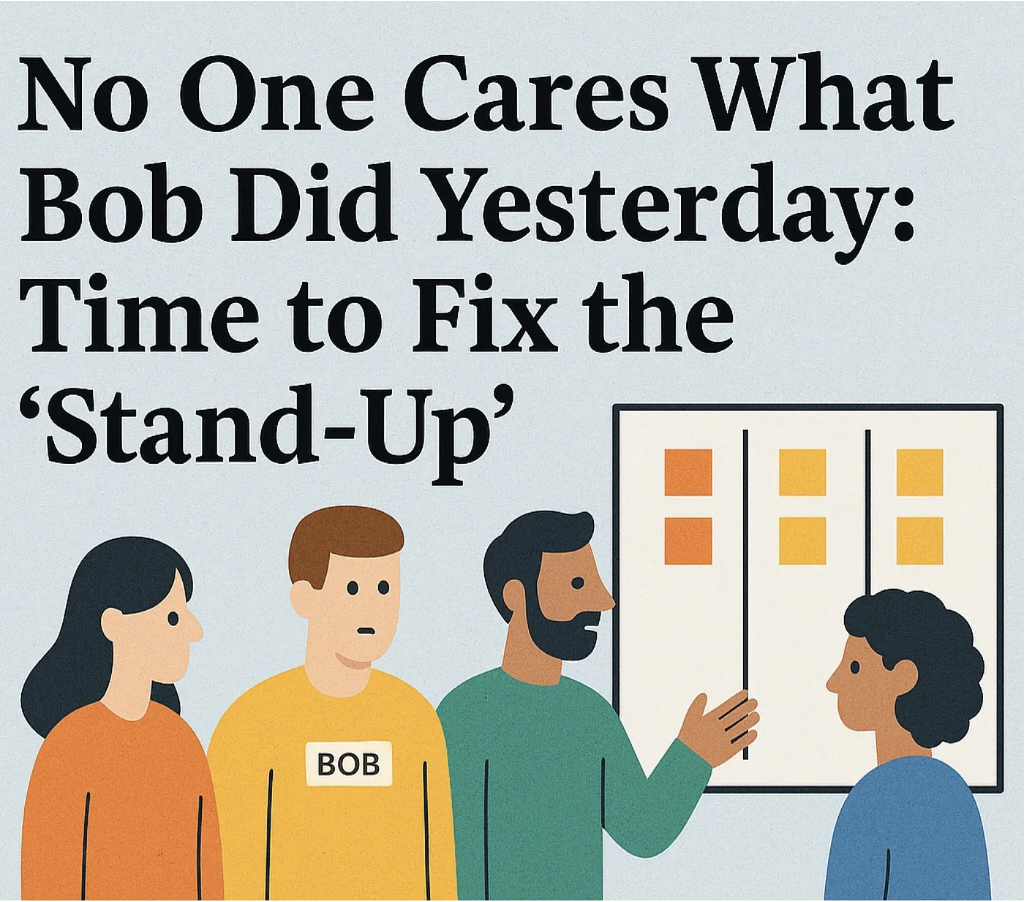The Kanban Pocket Guide: Chapter 8 - Thoughts On How To Get Started
As you read this book, you are probably already forming a decent idea of what a Kanban system would look like in your context. The harder part often is just getting started. Here we describe an approach to help you get started. There are multiple ways to start with Kanban, the one described below is the one we have seen to be most successful. Elements of this approach have been described in previous chapters (especially Chapter 4). We have denoted the chapters that go deeper into the concept alongside each step. Please refer back to those chapters for deeper discussion of these steps.
Starting Steps
Define representations of value (Chapter 4)
First step is to understand what are the work items that represent the individual bits of value that flow through your system. These are items we will deliver and validate with customers.
Define start and finish points (Chapter 4)
Next we need to determine when we consider these items to have started and when we are “done” with these items. These form the boundaries within which we will manage the Kanban system. These boundaries will and should change over time, but we always need to be aware of what they are so we can effectively observe and improve the system.
Determine all activities that help create value (Chapter 4)
As an item moves from the start point of a system, to the finish point of a system, we perform action on it to turn it into deliverable value. We need to determine what these activities are. For a piece of software these might be - Understanding the problem, Technical design, Creating the code, Code Review, Unit testing, Integration Testing, Build and Deployment, Customer Validation. Systems will have a varying number of activities that contribute to a work item becoming a piece of deliverable value. As we list them out we get an idea of the flow of the system.
Map determined activities and work items to process stages (Chapter 4)
So far we have work items, start and finish points and activities. We are starting to get some understanding of flow through the system. The next step is to figure out what are the major stages between our start and finish points that work items flow through. We can map the activities defined in the previous steps to those stages. These activities are part of our set of policies for the system. They become the exit criteria for each stage - A work item cannot pass a stage unless the mapped activities have been completed. We can also map currently active items in the system to these stages using the exit criteria. This gives us an idea of the current state of the system.
Decide on a method of limiting WIP (Chapters 1 and 4)
The single most important theme of this book is - All Kanban practices can be derived from the singular motivation of not wanting items to age unnecessarily. The starting point for controlling age and as a consequence Cycle Time is limiting WIP. There are multiple ways of limiting WIP - Adding WIP limits to each stage, adding an overall WIP limit to the entire system, limiting WIP based on the number of people on the team etc. This step is to pick one of these methods and ensure that we have an understanding of how we will be limiting WIP in order to prevent aging.
Select a starting SLE (Chapter 2)
Next, we need to create a common understanding of ‘How long does it take us to get work done?’ via an SLE. We can do this by analyzing the Cycle Time distribution of items that have previously finished. Based on this distribution we can pick an SLE that represents the amount of time it takes the majority (70%, 85%, 95% etc.) of items to get done. This SLE becomes the yardstick for items that are active in the system.
Set expectations on inspecting and adapting policies (Chapter 5)
Doing all the work to define and set up a Kanban system can often give teams the false confidence that they have discovered the perfect way to execute and track work. This is just the beginning of the journey and we need to be explicit about that. Leaders and teams should expect that as they learn more about their work and workflow, the stages of work and policies will change. As we evolve the system it will be a better fit to our particular context.
Actively manage work to improve the system (Chapter 3)
With the system now set up, we need to focus on the operation of the workflow. We need to, on a daily basis, manage work items with the aim of not letting them age unnecessarily. This active management can come in many forms - Pairing, Swarming, Removing Blockers, Right-Sizing and others not discussed in this book. As we do this on a daily basis, we create a feedback loop into the process. This feedback loop helps adjust our policies and workflow to improve the system overall.
Conclusion
There are many ways to get started with Kanban. This chapter provides a blueprint of the approach that we have seen work (ex post). The majority of the work to get started is around understanding your current activities and defining your workflow and policies. Once we have a common understanding of these, we can start watching the reasons why items age in our system and make the appropriate adjustments. We take the one time revolutionary, yet simple step of defining a WIP limited system so that we can take multiple evolutionary steps of improving the system.
Remember you can always download a PDF of The Kanban Pocket Guide here: https://prokanban.org/kpg/



